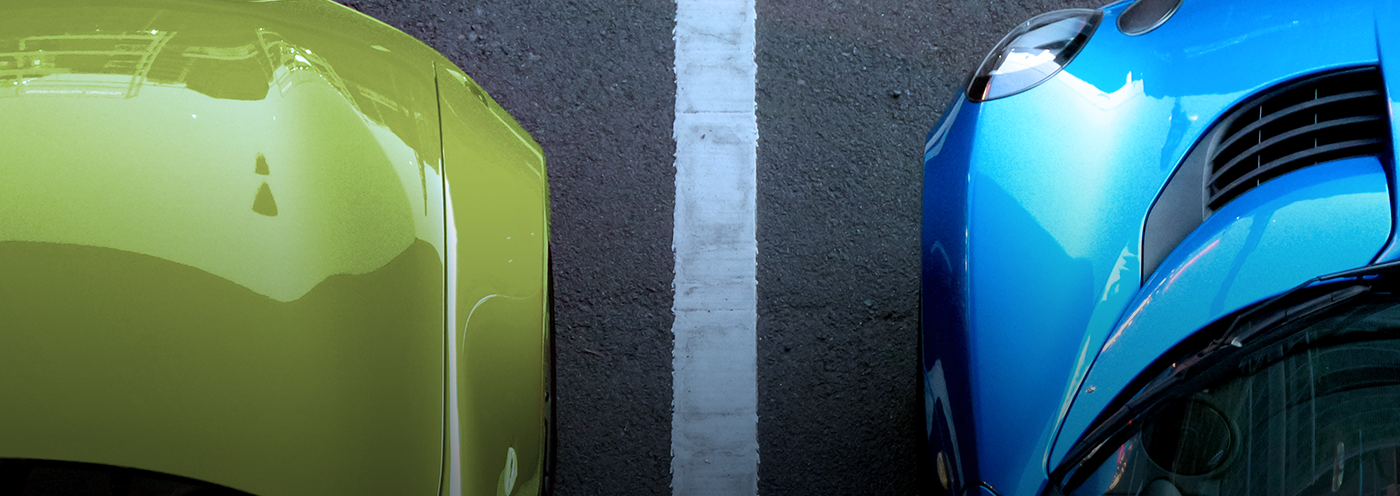
Sometimes sharing the family car isn’t the best option. Shopping time!
Figure out who’s paying – and how. Some parents cover the cost of the car and leave gas and maintenance costs to their teen. In other situations, teens are responsible for other costs. It depends on what works for your family. The standard rule is that your car payment should be less than 20% of your monthly paycheck. Keep in mind that used cars will have lower monthly payments, but you might need to figure in more maintenance costs. Don’t forget about the cost of insurance!
Check safety ratings and recalls from the National High Traffic Safety Administration (www.nhtsa.gov)
Choose a new mid-size sedan with the following features:
Sites like Kelley Blue Book (www.kbb.com) and Edmunds (www.edmunds.com) can give you reviews and clue you into what a reasonable amount is to pay for the car you’re looking for.
Hello internet! Search for the cars on your list and find out where it’s being sold locally. Perhaps it’s a dealership, perhaps CarMax, or maybe independent seller.
Take it for a spin to see if it meets your expectations.
Questions to ask yourself
Is there adequate space?
Make sure you have enough headroom and legroom and that you aren’t bumping your head every time you get in or out of the car.
Is it comfortable?
Make adjustments to the seat, the steering column and the headrest to verify that you can get into a comfortable driving position.
Are there any red flags?
Scan the dashboard to make sure the Check Engine Light or any other warning light isn’t lit.
Can I see?
Check the visibility and look for blind spots. Some cars have a lot more visibility than others. Lots of blind spots and a new driver is a recipe for trouble.
Does anything smell weird?
Burnt rubber, gas, hot oil, rotten eggs, burning carpet, or sweet syrup smells are all cause for concern.
How are the tires?
Check if they are in good shape or if those will need to be replaced soon.
How about those brakes?
Make sure the brakes are responsive and that they don’t screech.
How do things look under the hood?
You might not be a mechanic but if you pop the hood and notice something that looks off – steaming, oil leaking – you’ll know that something is wrong.
Does the A/C blow cold?
It might be the middle of winter when you buy the car, but come summer you’ll be glad you checked.
Are all the lights in working order?
Brake lights, blinkers, headlights, dome light. Test all the lights.
Check the vehicle history and maintenance records. The number of owners, the major repairs, and the accident record should give you an indication of whether this car is going to be a good investment or more trouble than it’s worth. This is also the time to ask about the warranty.
If you happen to be a mechanic – awesome! If you’re not, think about getting a pre-purchase inspection. It’s about $100 to have your mechanic look over the car and point out any problems that you didn’t see. If you don’t have a mechanic, now’s the time to find one.
First, decide on how much you are willing or able to spend before you get there. Second, bring backup to keep you on track. It’s easy to get excited about the prospect of a car and cool features while completely losing sight of the budget you determined.
Your first offer should be low, we’re talking below market values. Maybe you’ll get lucky and the seller will agree to it! Probably not, but it gives you some negotiation room to land on a fair price. If you can’t get the price you want, be prepared to walk out and look somewhere else. Call the seller back in a couple of days to see if the car is still available and if they are willing to sell at your requested price. Demand can change and the right conditions can get you the price you want.
Article Sources
https://www.edmunds.com/ car-buying/10-steps-to-buying-a-used-car.html
https://www.carfax.com/blog/car-buying-checklist/
http://www.cbsnews.com/news/teen-drivers-not-just-dangerous-to-themselves-says-aaa/
http://teendriving.aaa.com/OH/supervised-driving/insurance-vehicles/shopping-for-transportation/